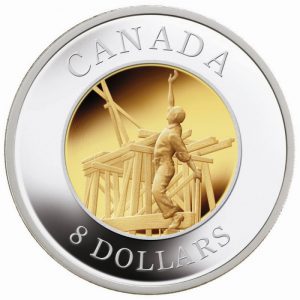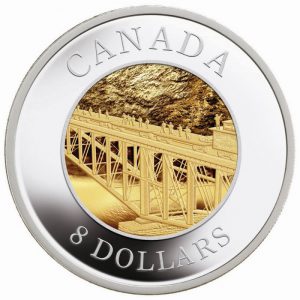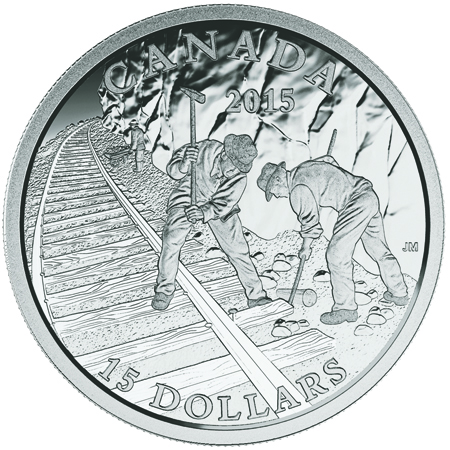On today’s date in 1880, a Montréal-based syndicate signed a contract with prime minister John A. Macdonald to build a transcontinental railway for $25 million (about $625 million in today’s money) in credit from the Canadian government plus a 25-million-acre land grant.
A group of five Scottish-Canadian businessmen, the syndicate hoping to build what became known as the Canadian Pacific Railway (CPR) included:
- Bank of Montréal President George Stephen;
- Ontario-born Minnesota entrepreneur James J. Hill;
- U.S. rail financer Duncan McIntyre;
- Richard B. Angus; and
- John Stewart Kennedy.
“For the better determination of this contract, it is hereby declared that the portion of the railway hereinafter called the Eastern section, shall comprise that part of the Canadian Pacific Railway to be constructed, extending from the Western terminus of the Canada Central Railway, near the east end of Lake Nipissing known as Callander Station …,” reads section one of the contract dated Oct. 21, 1880.
Donald Smith, of the Hudson’s Bay Company, and Norman Kittson were unofficial silent partners and offered significant financial backing; however, Smith later withdrew support for Macdonald during the so-called “Pacific Scandal” earlier in the previous decade.

One of the $8 silver coins issued in 2005 to mark the CPR’s 120th anniversary celebrates its construction, primarily by Chinese immigrants.
PACIFIC SCANDAL
The first major scandal following Canadian Confederation in 1867, the Pacific Scandal arose when Macdonald and his Conservative Party members George-Étienne Cartier and Hector-Louis Langevin traded campaign donations for the 1872 general election.
The donations came from shipping magnate and railway builder Hugh Allan in exchange for a profitable contract to build the CPR.
After incriminating letters were stolen from Allan’s lawyer and sold to opposition members, the scandal broke, and while Macdonald claimed his “hands were clean,” he was forced to dissolve Parliament in November 1873.
Allan, who donated more than $350,000 to the Conservatives, was partly backed by U.S. financers.
BUILDING THE CPR
Allan’s CPR contract was tossed, and the transcontinental railway project would have to wait until the following decade.
On Feb. 15, 1881, legislation confirming the contract received royal assent, and the Canadian Pacific Railway Company was formally incorporated the next day.
The CPR was officially completed on Nov. 7, 1885.
2005, 2015 CPR COINS

Another $8 coin details the difficult task of transcontinental-railway building. By crossing Canada, workers dug through mountains and built bridges to cross rivers and valleys.
In 2005, the CPR was commemorated by the Royal Canadian Mint as part of a two-coin set marking the 120th anniversary of the historic railway.
Each set included two $8 silver coin with a weight of 32.15 grams and a diameter of 38 millimetres. There was a mintage of 20,000 sets.
The CPR was also featured on a $15 Fine silver coin – the eighth in a series dubbed “Building the Canadian Pacific Railway” – in 2015.
By Canadian artist John Mantha, the reverse design of the latter coin pays tribute to the 30,000 workers who helped complete the transcontinental railway project with a scene embodying the arduous nature of laying railroad tracks through the mountains. Two navigators are driving a spike while another worker hauls gravel to fill the gaps between railway ties.

